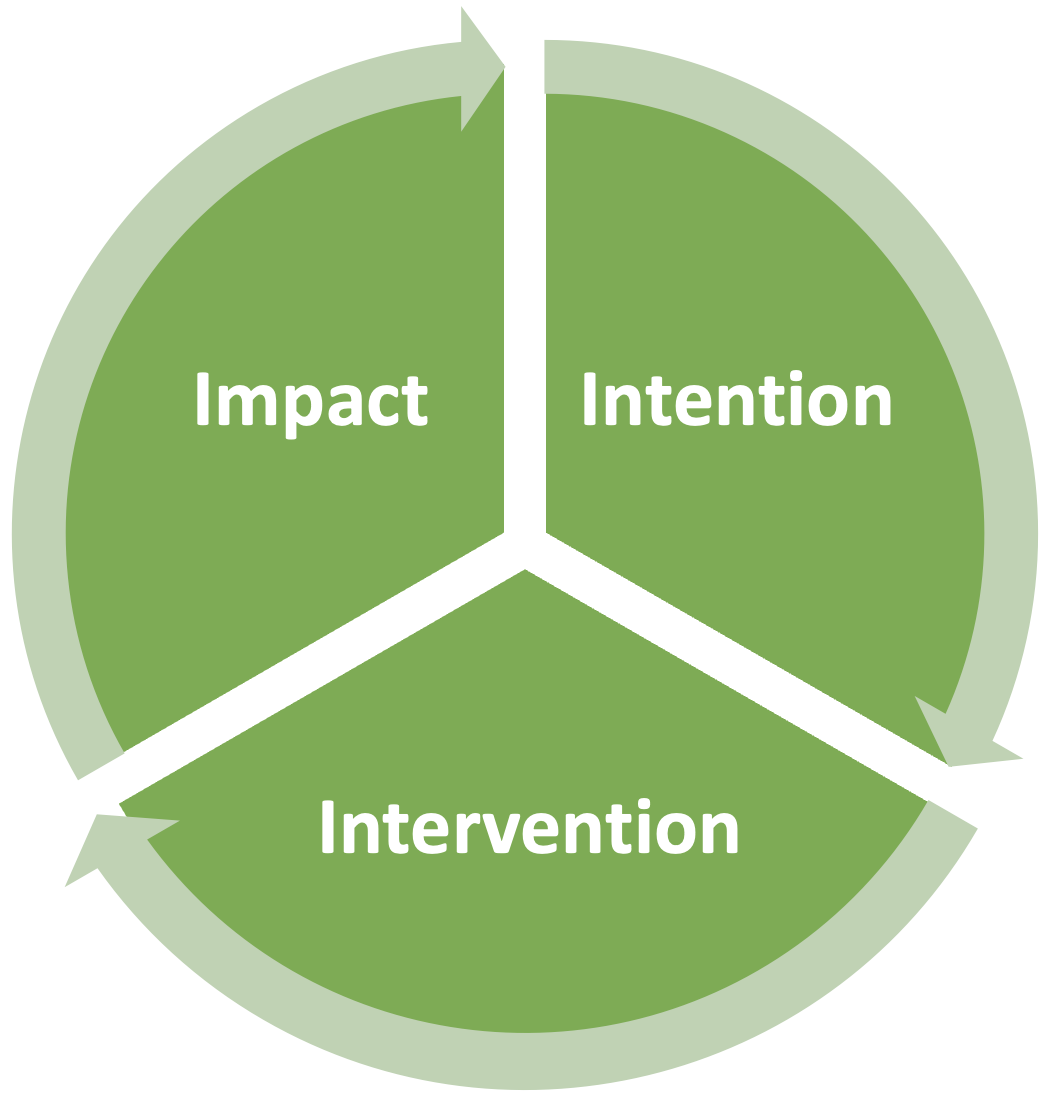
15 December 2023
Yvette Elcock shares how John Heron’s six-category model can be a valuable framework in supervision, and why it deserves to be more widely appreciated. Yvette will be presenting on this topic at the EMCC UK’s Festival on 23 April.
‘Between stimulus and response there is a space. In that space is our power to choose our response. In our response lies our growth and our freedom.’
This quote, attributed to Viktor Frankl, contains, for me, the essence of great supervision. It evokes the thinking and learning partnership between supervisor and coach that slows the work underway to the space between the work; the stimulus and response. That then enables a deeper learning about an individual’s signature working style (or response) in service of energising potential and growth.
But how in practice might we work in this space between stimulus and response? One approach I find particularly valuable is John Heron’s six-category intervention framework. Heron’s work has been around a long time. His model was first published in 1975 and Heron’s book, Helping the Client, is now in its fifth edition. But my perception is this approach is not as well known in the coaching and supervision world as it deserves to be.
Over the years, I have seen time and again how powerful Heron’s framework can be. It now forms a central part of how I work as a supervisor. It facilitates a more holistic, whole system view both on what is happening, and crucially on how the ‘helper’ (e.g. a coach supervisor) might most usefully intervene.
The why?
So why is the framework essential to the way I work, and why is it deserving of a wider consideration to those of us who work as coaching supervisors? What does it offer?
The framework helps us understand the value and appropriateness of a flexible personal range of intervention styles by a coaching supervisor. Heron defines an intervention as ‘an identifiable piece of verbal or nonverbal behaviour that is part of the practitioner’s service to the client.’
The six intervention categories create a starting range of flexible interventions. The framework helps us bring more conscious awareness and active reflection to the space between stimulus and response, and to the different ways in which we might choose to intervene as the helper, depending on context and what is emerging with each unique client.
In the context of supervision and coaching, Heron’s framework reminds us of the importance of having a range of possible approaches we can use for intervening in sessions. It enables us also to become more aware of any more unconscious aspects of our own preferred ways of working.
The what?
Heron’s framework encompasses six categories of intervention, three of which he describes as authoritative, and three which are facilitative. An authoritative style of intervention positions the supervisor in the perspective of explaining a way forward in the work. A facilitative style of intervention positions the supervisor more in the perspective of exploration.
Heron’s key insight is that each of these styles can have a valid and useful place in our range of practice, depending on context. Each of us will have our own default modes. For example, we may primarily enjoy being in the meaning and valuing modes as a coaching supervisor. Heron helps us see that at times we may need to shift consciously to (for example) more structuring or confronting modes, depending on what is emerging in the partnership.
The table below summarises the framework with an example of each intervention through a supervision lens – although this is just a brief introduction which cannot do full justice to the richness of Heron’s model.
STYLE: AUTHORITATIVE
Explaining a way forward, towards directive
Planning intervention – providing information and advice based on context and instruction, taking a lead on decisions, goals, objectives and/or resources for example, going forward. ‘I’m hearing an ethical issue here. Let’s start with a review of the ethical guidelines of your accreditation body.’
Structuring intervention – shaping a session for learning success, a flow to the work in hand, using an appropriate technique or approach. ‘Let’s check in and then start with “Giving an object a voice” (Lucas 2020) to achieve what you want to, before checking out with ACT – action, change, teach (trainerbubble.com).’
Confronting intervention – raising awareness of limiting attitudes or avoidance behaviours in a constructive way to enable change, with challenge and compassion. ‘I notice you have not directly answered my earlier question three times. So, I’ll repeat again and notice what it is that is getting in the way for you.’
STYLE: FACILITATIVE
Exploring a way forward, towards non-directive
Valuing intervention – supportive, developing self-confidence, focusing on what is working well, honouring the client as a whole and working in a psychologically safe way. ‘What personal qualities did you bring to the fore? My experience of your work is that they are there next to the dilemmas.’
Meaning intervention – acting as a catalyst in encouraging awareness and learning, deepening understanding by finding understanding and reasoning in experiences. ‘When you hesitated there, what was going on for you? How else might this show up?’
Feeling intervention – releasing tensions, recognising emotions, freeing up energy, managing the emotional dynamic with sensitivity. ‘The last few times you have spoken of this in our work today, I notice a non-verbal reaction. How might you give voice to the emotions I see in your face although unspoken?’
Some questions for self-reflection as you consider this model could be:
- What are your reactions to these six categories of intervention?
- Which interventions do you regularly use?
- What ones do you tend to avoid?
- How might this add value to your client work?
I have developed my own practice of Heron’s work in various ways, including by adding ‘me’ through applying my own ‘3I’ iterative flow model as shown below. This involves questioning my intention when making an intervention as a point of purposeful reflection in my personal supervision sessions. The starting point of the flow is the intention segment. In the space between stimulus and response, what is my intention in wanting to say something now?
Gaining clarity at this point enables me to make a more valid choice of intervention from the second segment.

The intervention segment enables a conscious choice of intervention category, as conscious as possible of known biases and preferences, and in service of the client rather than potentially me as supervisor.
And finally, having made the intervention, what is the impact on the client and me? How has it landed? How does this inform my next intervention?
The how?
So how might you apply this with clients? Here is an example from my own supervision practice. As you read, I invite you to consider your own responses and reactions.
Case study – creative supervision technique
- A newish client wanted to experience more creative approaches to their supervision sessions, and brought to a session that they were losing a sense of who they were as a coach because of taking work just to keep the money coming in. They wanted a ‘back to basics’ exploration of who they were.
- I asked them how they wanted to explore this, as while I had some thoughts, I did not want to impose a technique. Rather, I wanted to develop an opportunity to co-create. Facilitative style, valuing intervention
- Their answer reminded me of a children’s game and when I positioned it as such, their energy responded positively as they explored how it might work for them. Facilitative style, meaning intervention
- Had I told them, initially, that we were going to use the children’s game, then the style and intervention would have been different. Authoritative style, planning intervention
- The impact for the client was an uplift in energy and a reconnection with their sense of childlike play, rather than the ‘childish sulk’ they had arrived in – their words, not mine! They experienced additional freedom in describing how they wanted to position their signature coaching style and left the session with action around further reflection.
In conclusion, this framework can be of great use, whether you are a coach wanting to understand how this can enrich your own supervision, or a supervisor looking to refresh your professional practice. Some of these interventions are also relevant to how coaches can work directly with clients.
I will be presenting on this topic at the EMCC UK Festival on 23 April. I hope you will be able to join me there to continue the exploration of what Heron’s model might mean for you. I will be sharing additional case studies and you will have the chance to apply these ideas to an issue of your own.
The models presented here in their neat boxes or circles, are, of course, not the ‘truth’ of what is happening. Reality is always more complex. That is why I have come to learn, over nearly 30 years now of travelling with Heron’s work, that staying ‘clean’ – or as clean as we can be – is the greatest gift of all. Both for our clients, and for ourselves.

About Yvette Elcock
Yvette Elcock runs Moonraker Development Services, and is an ICF professional certified coach, and a Coaching Supervision Academy International trained supervisor. Yvette’s focus is on enabling active reflection for reflective action. During her career, she has been a trainer, facilitator, consultant and leader. The work of John Heron guides and shapes the continued evolution of her style. Yvette thanks her fellow coach supervisor Benita Treanor, for her collaborative thinking on its application in coaching supervision.
References and resources for exploration
Elcock, Y. (2023), The Three P’s: pillars for reflection, LinkedIn
Heron, J. (1991), Helping the Client: A creative practical guide, Sage Publications
Heron, J. (1999), The Complete Facilitator's Handbook, Kogan Page
Lucas, M. (2020), 101 Coaching Supervision Techniques, Approaches, Enquiries and Experiments, Routledge
Treanor, B. (2020), Existential Chapter, Technique 44 (pages 135-138) Intentions and Interventions, 101 Coaching Supervision Techniques, Approaches, Enquiries and Experiments, Routledge
Photo by Getty Images